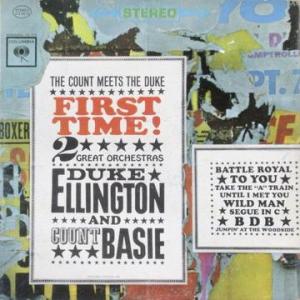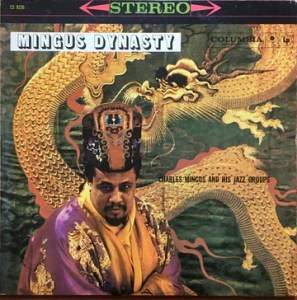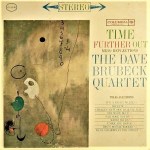
More of the Music of Tony Bennett
More Vintage Hot Stamper Pressings on Columbia
Everything that’s good about All Tube Vocal Recordings from the ’50s and ’60s is precisely what’s good about the sound of this record.
The huge studio the music was recorded in is captured faithfully here. The height, width and depth of the staging are extraordinary. We are not big soundstage guys here at Better Records, but we can’t deny the appeal of the space to be found on a record as good as this.
Transparency and Tubey Magic are key to the sound of the orchestra and you will find both in abundance on these two sides.
Some quick notes:
Side One
Highly resolving; tonally balanced; rich bottom end; breathy vocals; instruments are jumping out of the speakers; dynamic; with a touch of grain and spit on even the best copies.
Killer. Can’t be beat.
Side Two
Might be slightly better, but let’s just leave the grade at Triple Plus.
The first track is not as well recorded as those that follow.
The violin is sweeter on the second track here than on any other side we played.
The whole production is so immediate, so right, and so real it may just take your breath away.
The third track is rich, solid and tonally correct, which pretty much sums up the sound we heard on the best copies of the album.
Albums such as this live and die by the quality of their vocal reproduction. On this record Mr. Tony Bennett himself will appear to be standing right in your listening room, along with the 38 other musicians from the session (actually they’re probably sitting).
The space of your stereo room will seem to expand in all directions in order to accommodate them, an illusion of course, but nevertheless a remarkably convincing one.










